Reggio Calabria is a city rich in history. Its foundation dates back to 734 BC by the Greek Chalcidian. Since then, the city has always been resurrected on the same site, even after the disastrous earthquake of 1908 that utterly destroyed it. However, it was following this event that the vestiges of classical Reggio and of its rich history emerged. From there, the foundation of the Magna Grecia Museum soon after contributed to the culture and beauty of the Reggio area. Today, Reggio is a cultural city and not only thanks to its museum, but also the Pinacoteca Civica ("Civic Art Gallery"), the Castello Argonese (“Argonese Castle”), the Teatro Comunale (“Community Theatre”) and the Museo del Bergamotto (“Bergamot Museum”).
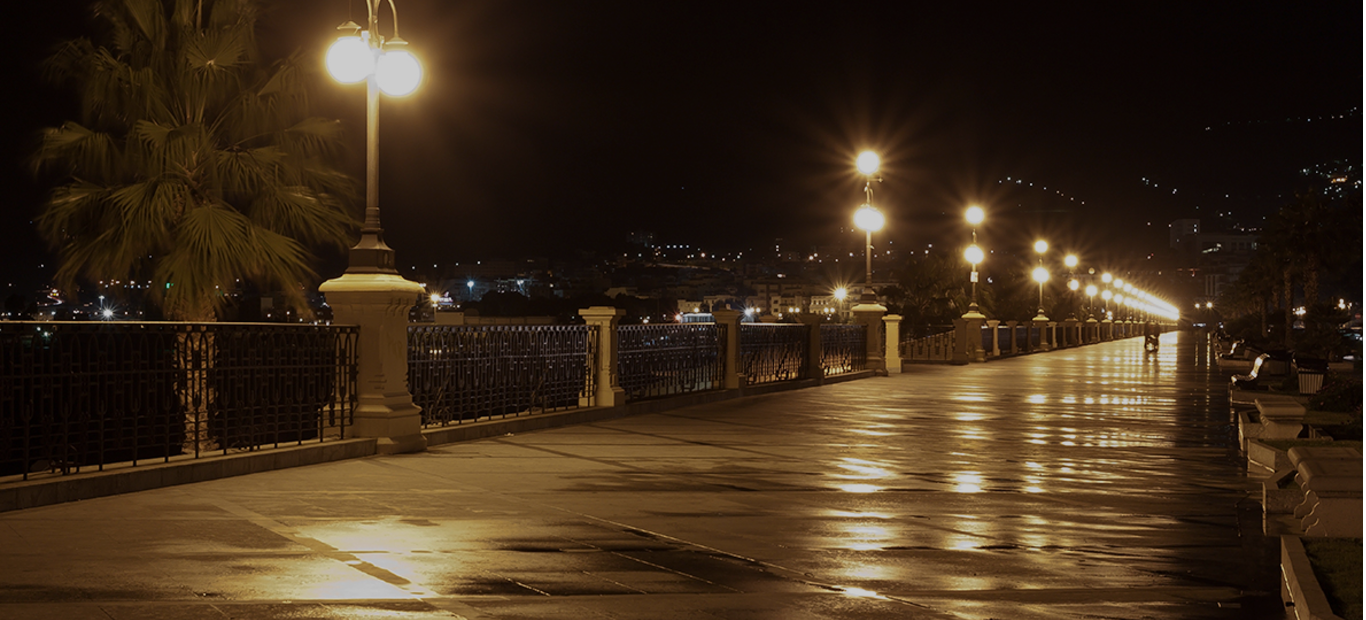
Numbers
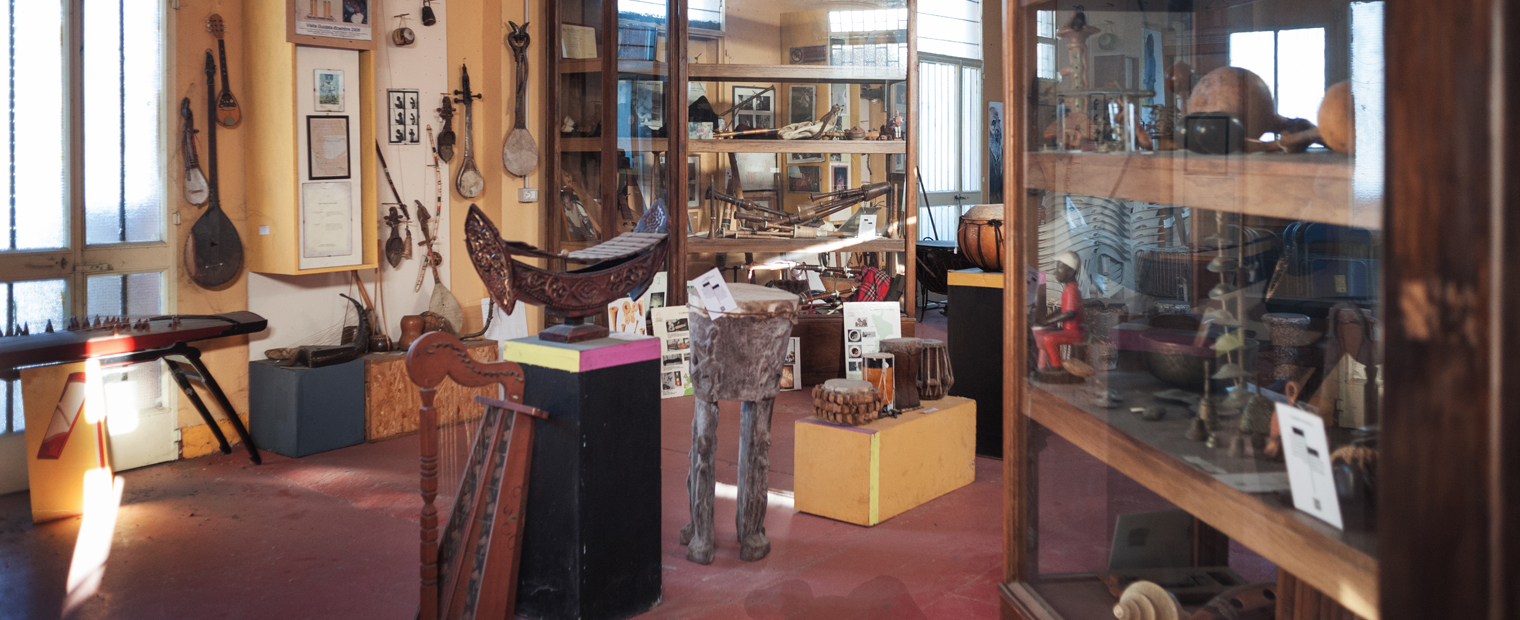
The Musical Instrument Museum
The Museum of Musical Instruments of Reggio Calabria was created to preserve, study, and enhance musical instruments from all over the world. An extraordinary collection of 800 specimens, catalogued in five families: idiophones, membranophones, aerophones, chordophones, and mechanical-electric, each [...]
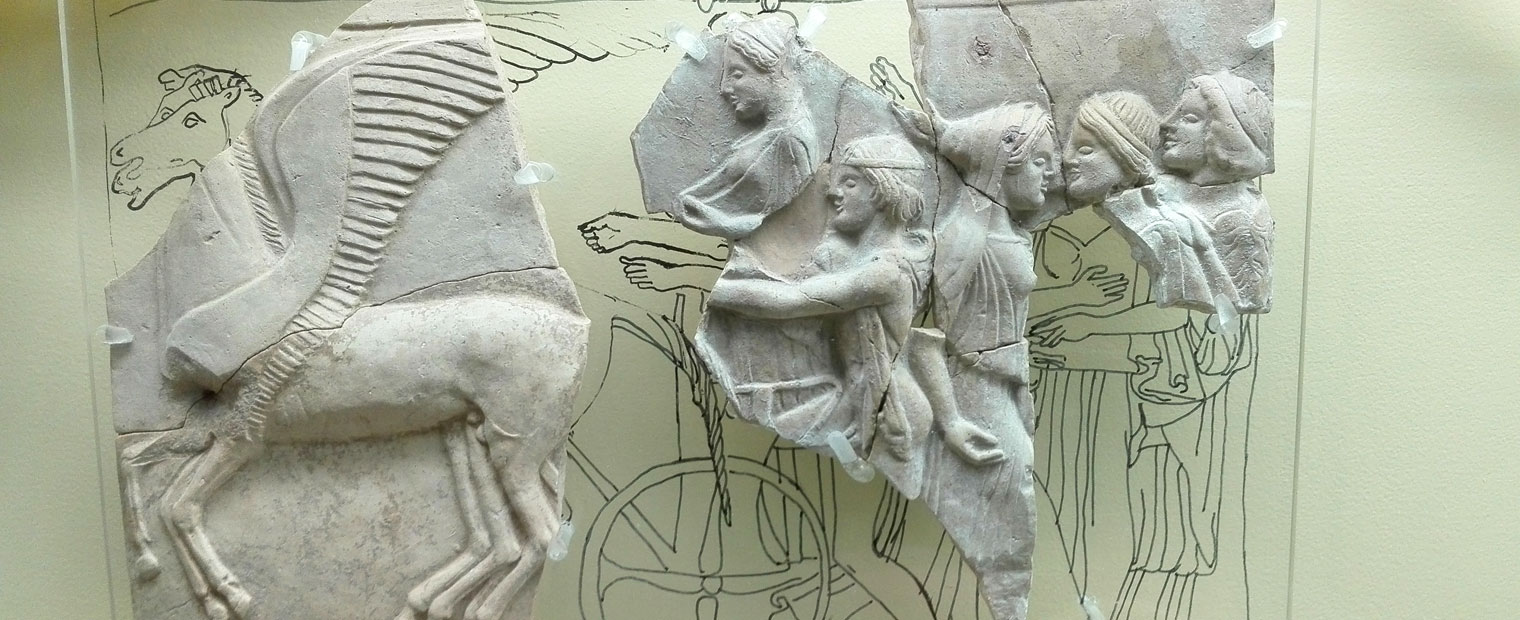
The National Archaeological Museum of Locri
Inaugurated in 1971 under the name of “Antiquarium of Locri”, it was declared a national museum in 1998. Entirely dedicated to the ancient Greek city magno, the museum preserves the most important findings of the time, such as vases, pinakes, tools used in everyday life, architectural remains from t [...]
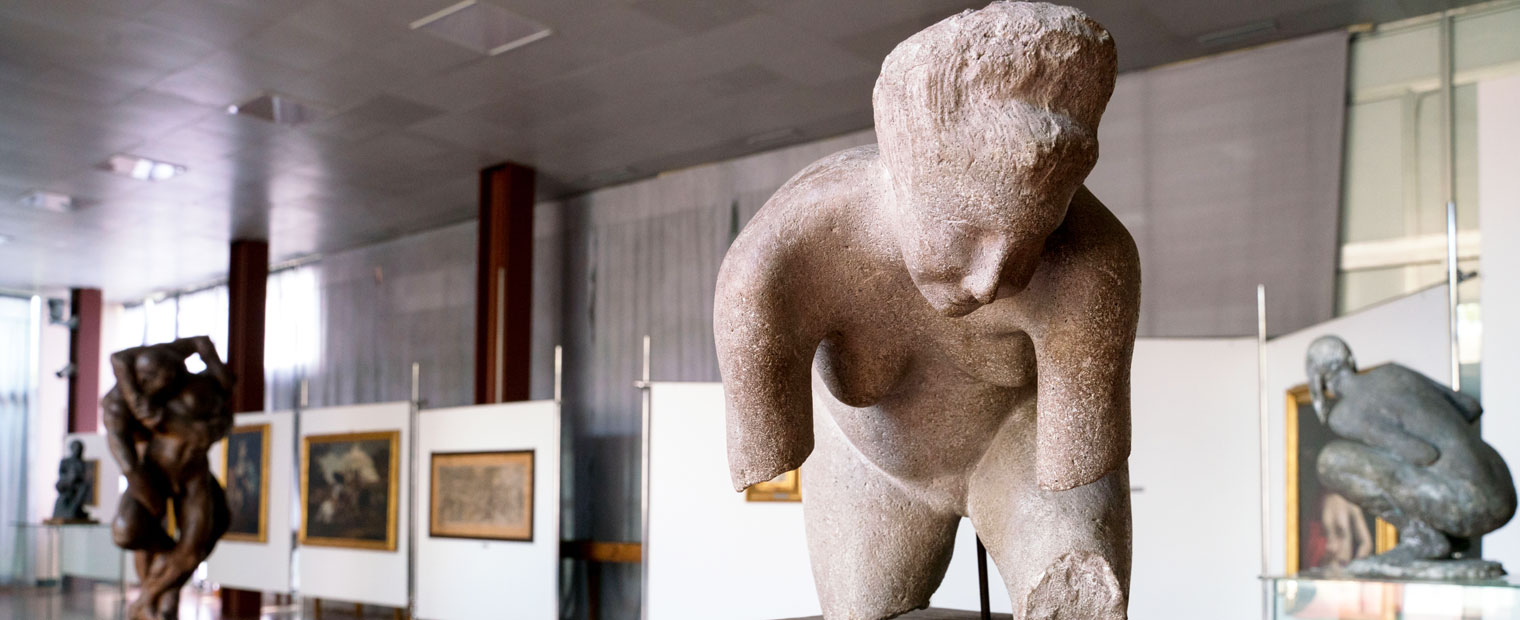
The Palmi Building of Culture
The Palmi House of Culture is a complex that contains different museum sections, offering many possibilities for cultural study with a unique look at the artisan traditions and the ancient history of the region. Its construction, which began in 1968, only ended in 1982. It is named after and dedicat [...]
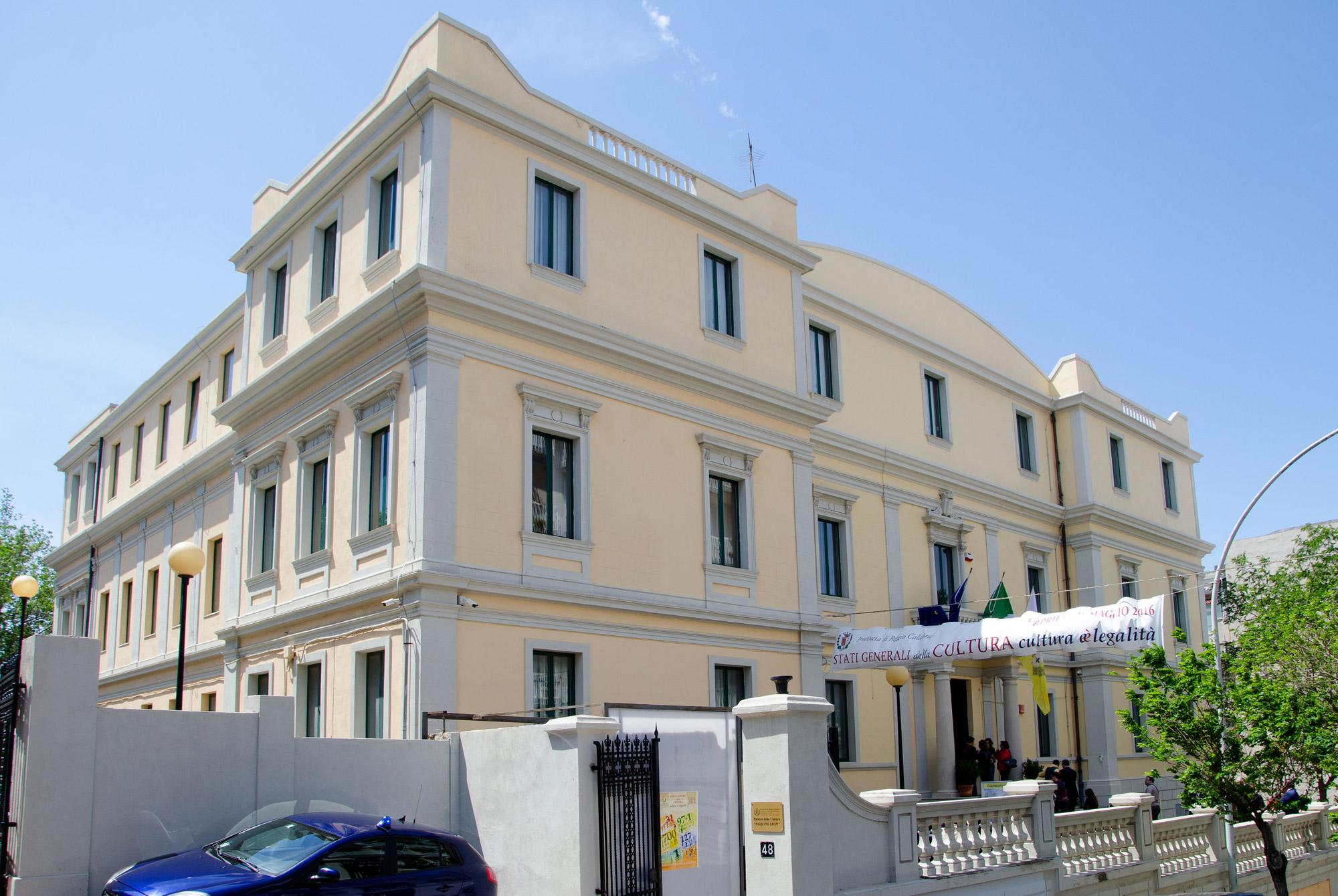
The Pasquino Crupi Cultural Centre
Named after one of the greatest scholars or Southern Italian and Calabrian culture that was set up in a former brewery in the 1930s, Palazzo della Cultura Pasquino Crupi has been hosting a permanent collection signed by the greatest masters of the 20th century since May 2016. Among the works exhibit [...]
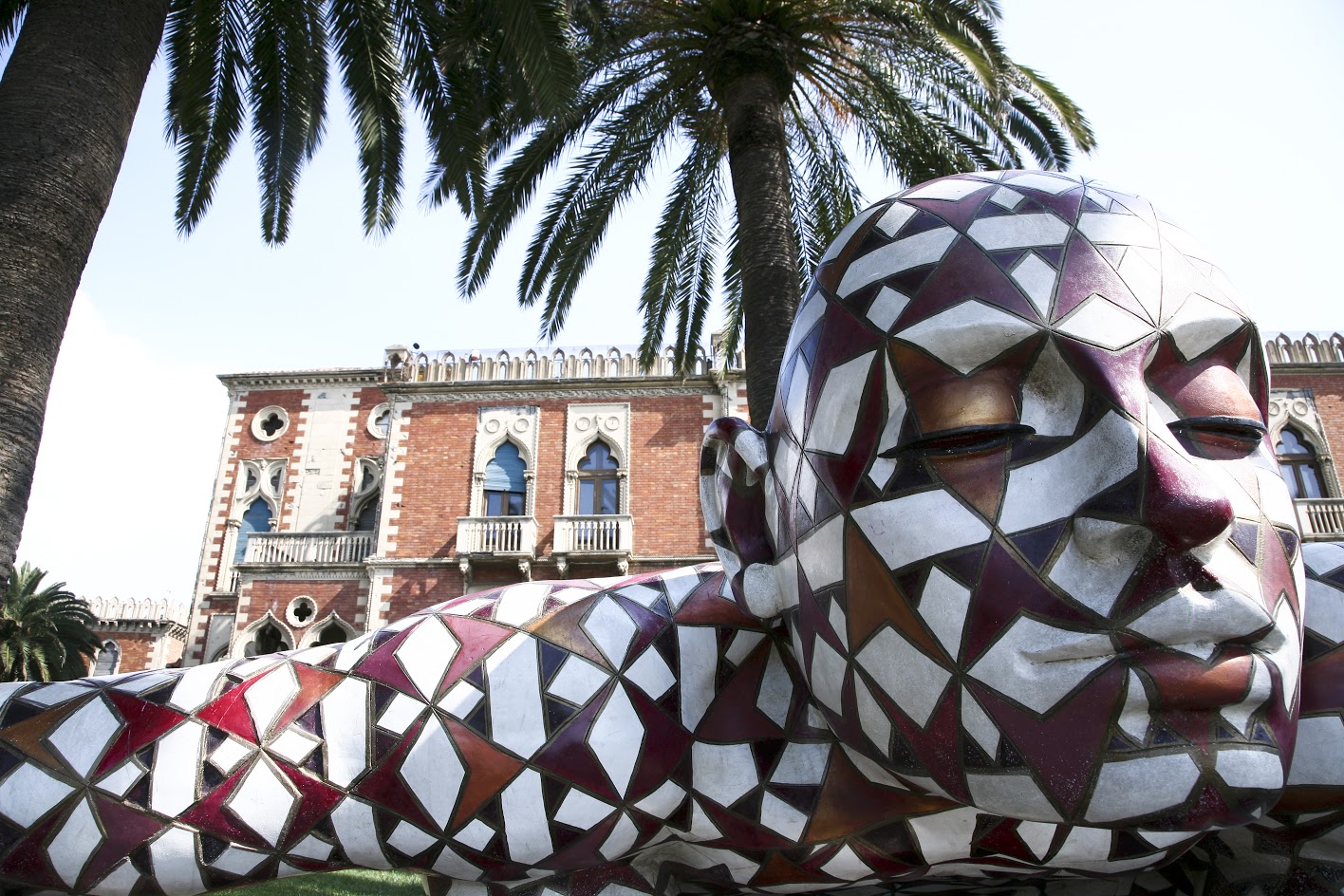
The Statue of Rabarama
Displayed on the Falcomatà waterfront since 2007, these three impressive sculptures with humanoid features are the work of the Roman sculptor Rabarama and represent an important element with respect to tourist attraction.
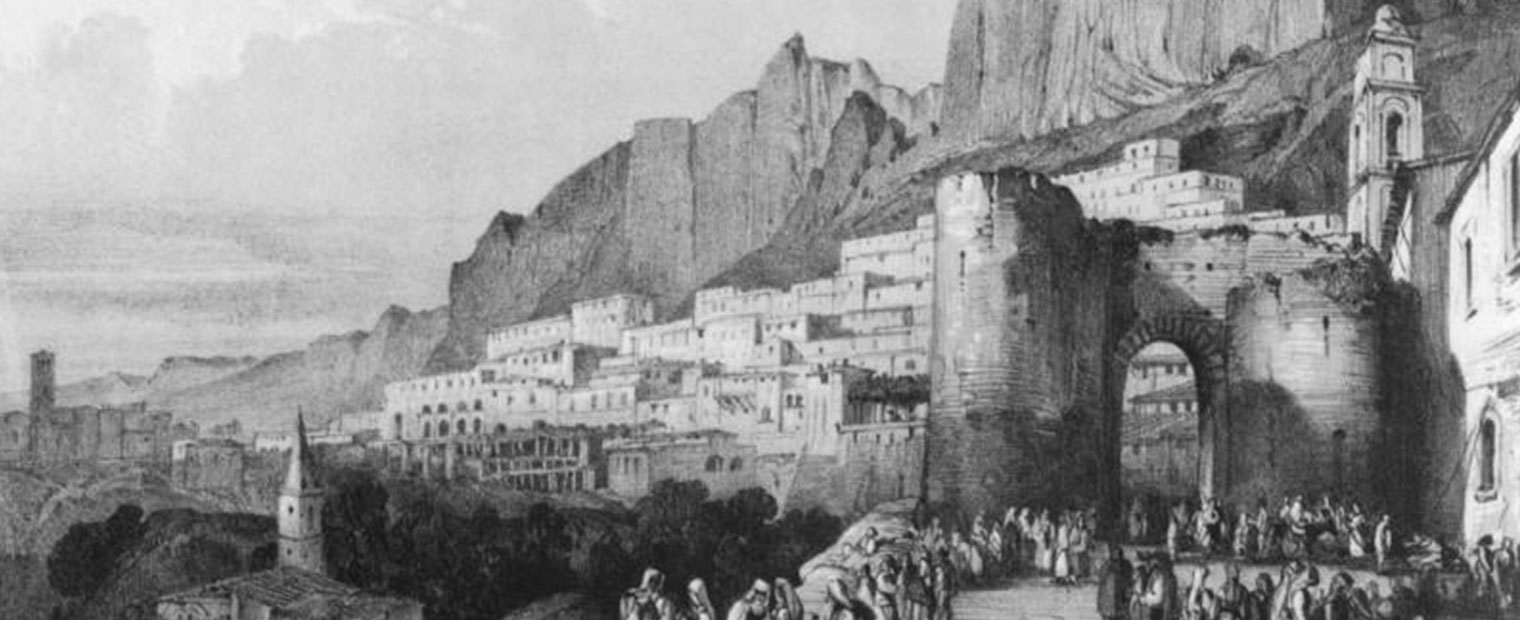
From all over Europe to the deep South
The expression “Grand Tour” refers to the travel experiences undertaken since the 18th century by many intellectuals and adventurers of the European bourgeoisie before, and American after, who chose Italy and Greece as elective homelands as a means of completing their human and cultural education an [...]
